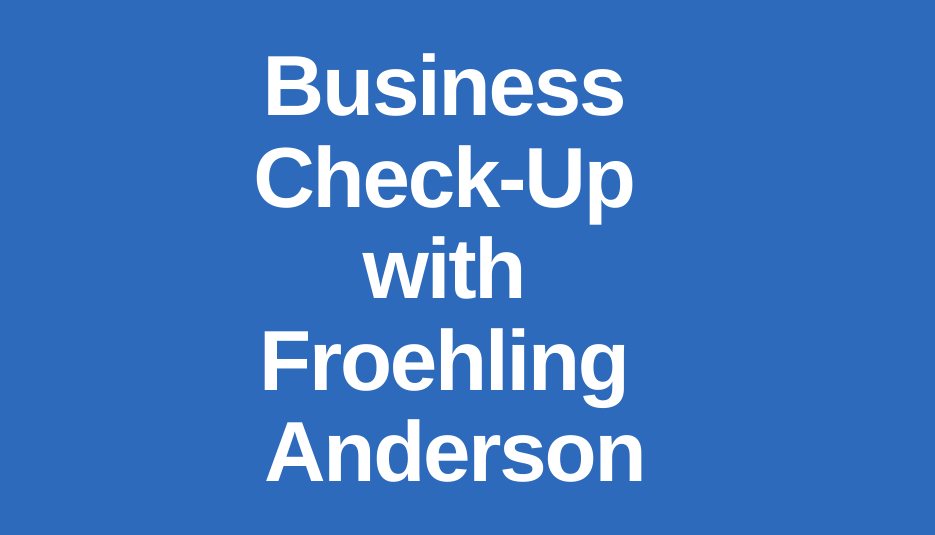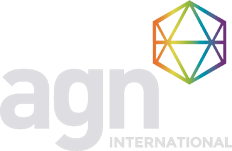In this uncertain time businesses are trying to get a grip on expenses as well as working capital needs and their future cash flow. There are numerous government assistance programs but the first question is how can you decrease expenses to try to make up for a drop in sales? If there is still going to be a shortfall then how much money do I need, and when will I need it? A business check-up can help answer those questions.
Some of the metrics we can use to analyze your financial situation include:
- Liquidity – how much liquidity do you have to run your business over the next 6 months
- Sales and expense analysis – predicting income and expenses to understand upcoming needs of the business. We look at industry data to understand where opportunities may lie.
- Cash flow analysis – cash flow isn’t just income. Cash flow includes when am I going to receive payment for my sales, when do I need to buy inventory and make payroll.
We can help you understand how your business is doing and help analyze what (if any) loans to apply for help your business through the Coronavirus pandemic. Right now there are a few options to help businesses stay in business and get back to normal operations including:
- SBA’s Economic Injury Disaster Loan
- SBA’s Express Bridge Loans
- Federal CARES Act’s Paycheck Protection Program
- SBA’s Economic Injury Emergency Grant Program
- MN DEED Small Business Loan Guarantee Program
- MN DEED Emergency Loan Program
Click here for a table summary of all the programs for funding options.
There are also some tax deferrals and credits to consider:
- Families First Coronavirus Response Act (FFCRA) emergency paid sick leave reimbursement
- Coronavirus Aid, Relief, Economic Security Act (CARES) payroll tax deferrals
- Coronavirus Aid, Relief, Economic Security Act (CARES) employee retention tax credits
Check here for a table summary of deferrals and credits.
To help prepare for the process, here are some documents you can gather to help the process.
- Documentation for the average monthly payroll and average monthly full-time equivalents, based on the 12 months from April 2019 through March 2020. (There are payroll limitations that need to be considered.)
- The average payroll by category: salary, hourly, commissions, vacation, sick leave, group health care (both union and non-union) and retirement contributions (both union and non-union).
- The monthly rent (or mortgage interest) over the last 12 months.
- The amount spent on utilities over the last 12 months.
- The interest on mortgage and any other debt obligations that were incurred before 2/15/2020.
- The tax ID# and full legal name of each entity.
- Ownership information to assist in evaluation of the impact of affiliate entities. For any owners who have more than a 50% ownership interest, obtain a complete listing of other entities in which they also hold more than a 50% ownership interest.
- Documentation on any other COVID-19 relief programs you are applying for (e.g., payroll tax credits, etc.).
Of course, each program has stipulations and limitations. Let us help you consider your options that’s best for your business.
We are you CPAs with Solutions. Reach out to us with questions.


